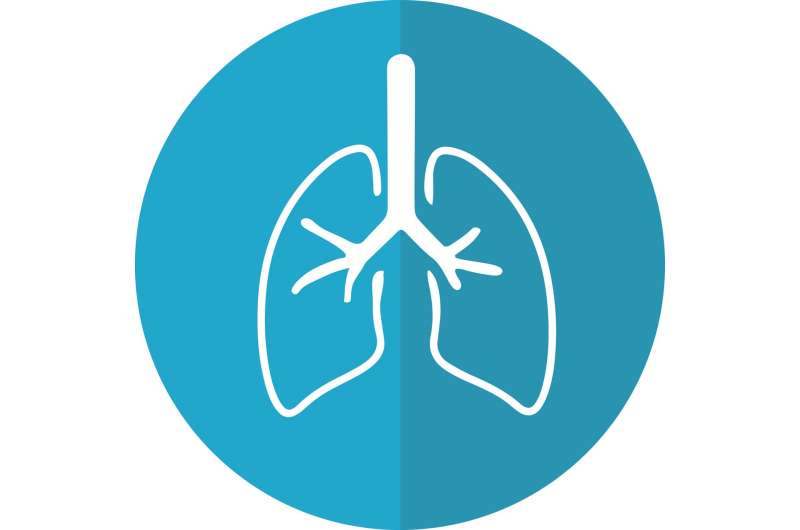Childhood body composition may influence future lung health

How well people breathe as adults may depend on the amount of fat mass and lean muscle mass they have as children, according to a new study led by scientists from the Barcelona Institute for Global Health (ISGlobal), a center supported by the "la Caixa" Foundation. This research has been conducted as part of the Ageing Lungs in European Cohorts (ALEC) project, coordinated by Imperial College London.
The study, published online in the American Thoracic Society's American Journal of Respiratory and Critical Care Medicine, reports that boys and girls with more muscle mass in childhood and adolescence have higher lung function later. The researchers also found that boys, but not girls, with more fat mass have lower lung function.
Previous studies had looked at the association between overall body mass and lung function, but they found contradictory results. "Some studies related higher body mass with higher lung function while others found higher body mass related to lower lung function," said Judith Garcia-Aymerich, senior study author and head of Non-communicable Diseases and Environment at ISGlobal. "We hypothesized that previous contradictory results could be attributed to the fact that overall body mass does not account for the different contribution of fat and muscle mass."
In the current study, the authors combined body measurements and measurements produced using dual-energy X-ray absorptiometry to distinguish between muscle mass and fat mass. Using common lung function tests, the researchers also measured lung function in children at ages eight and 15 and calculated the growth in lung function during that time. The study had 6,964 participants from the UK population-based Avon Longitudinal Study of Parents and Children (ALSPAC) birth cohort, also known as the Children of the 90s longitudinal study.
Specifically, the study found:
- In boys and girls, higher muscle mass was associated with higher levels and lung growth rates of Forced Vital Capacity (FVC), the total amount of air a person can exhale taking the deepest breath possible; Forced Expiratory Volume in one second (FEV1), the amount of air a person can forcefully exhale in one second; and Forced Expiratory Flow at 25-75 percent (FEF25-75), a measure of the speed that air comes out of the lungs.
- In boys and girls, higher fat mass was associated with lower levels of FEV1/FVC, a measure of airflow limitation often used to help diagnose asthma and chronic obstructive pulmonary disease (COPD).
- In boys, but not girls, higher fat mass was associated with lower levels and lung growth rates of FEV1 and FEF25-75.
The researchers adjusted their analysis for a number of factors that might have biased results, including birthweight, maternal smoking during pregnancy and the age of the children at puberty, as well as lung function levels at age eight.
The authors believe their study has important research and public health implications: "Our results highlight that body composition, and not just overall body mass, should be assessed when studying the health effects of weight in children", said Gabriela P. Peralta, ISGlobal researcher and first author of the study. "We believe that body composition in childhood and adolescence may play a role in future respiratory health", she added.
"Public health strategies promoting healthy lifestyles may improve lung function and reduce respiratory morbidity in adult life," Judith Garcia-Aymerich said. "Such strategies should aim not only reduce body weight but also reduce fat and increase muscle mass."
More information: Gabriela P. Peralta et al. Childhood body composition trajectories and adolescent lung function: Findings from the ALSPAC study. American Journal of Respiratory and Critical Care Medicine















